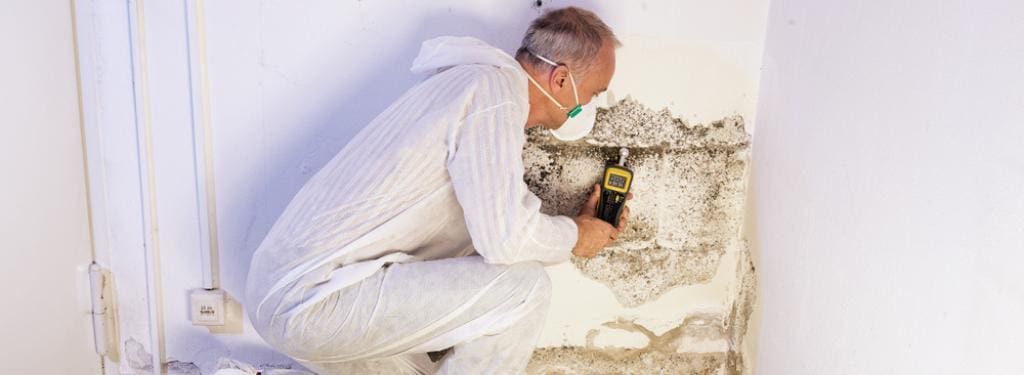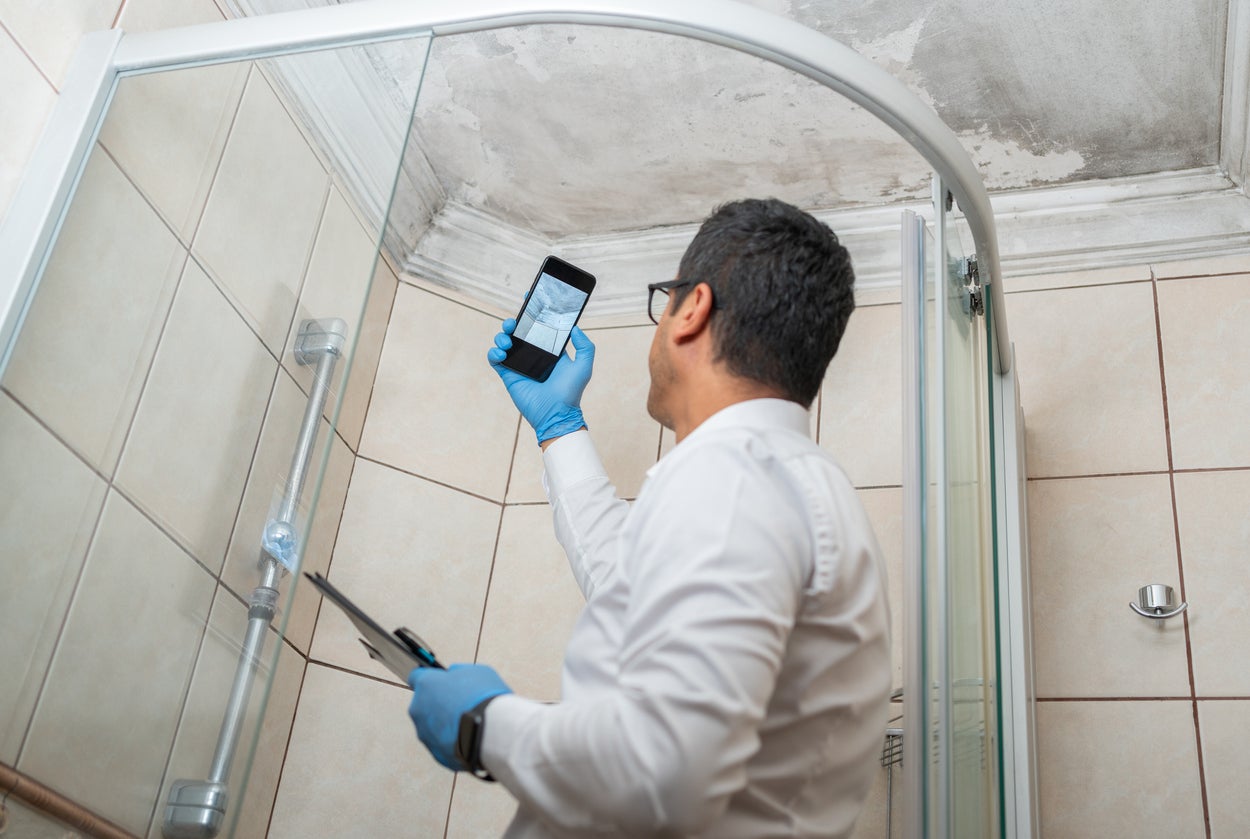After Mold Remediation Methods for Tidy Spaces
Your Ultimate Guide to Post Mold And Mildew Remediation Techniques
Navigating the world of post-mold remediation techniques is a precise procedure that requires attention to detail and a detailed understanding of the intricacies entailed. In the after-effects of mold invasion, knowing just how to efficiently remove the mold and mildew and stop its reoccurrence is paramount for keeping a healthy and balanced indoor setting. From choosing the appropriate cleansing and decontaminating approaches to applying methods for lasting mold and mildew avoidance, each action in the removal journey plays a vital duty in making certain a successful outcome. As we get started on this expedition of post-mold remediation methods, we will certainly discover the key strategies and finest practices that can aid you restore your area to its pre-mold problem and protect it against future mold and mildew risks.
Comprehending Post-Mold Removal Refine
After completing the mold and mildew remediation procedure, it is vital to understand the post-mold removal strategies that are necessary to guarantee a reliable and thorough clean-up. As soon as the mold and mildew has actually been removed, the following step involves cleaning and sanitizing the impacted areas to stop any type of regrowth of mold.
In addition, performing a final assessment post-remediation is vital to make sure that all mold has actually been efficiently eliminated. This evaluation needs to include a thorough aesthetic check in addition to possibly air tasting to verify the absence of mold spores in the air. If the inspection reveals any type of sticking around mold and mildew, extra removal may be essential. Lastly, educating passengers on safety nets such as controlling moisture levels and promptly addressing any kind of water leaks can assist preserve a mold-free environment.
Effective Cleaning Up and Sanitizing Approaches

Protecting Against Future Mold Growth

Value of Proper Air Flow
Appropriate ventilation plays a crucial function in protecting against dampness accumulation, a vital consider mold development within interior atmospheres. Efficient ventilation systems aid remove excess moisture from the air, decreasing the chances of mold spores finding the dampness they require to sprout and spread. Without sufficient air flow, indoor areas can come to be a breeding place for mold and mildew, bring about possible wellness threats and architectural damages.
By ensuring correct air circulation, ventilation systems can also assist in drying wet areas quicker after water damage or flooding cases, even more deterring mold growth. Post Mold Remediation Report. Precede like washrooms, attics, cellars, and kitchen areas where wetness degrees often tend to be higher, mounting and maintaining reliable air flow systems is essential in avoiding mold and mildew infestations

Surveillance and Maintenance Tips
Given the vital function that proper ventilation plays in stopping mold and mildew development, it is crucial to establish reliable monitoring and maintenance tips to guarantee the continued performance of air flow systems. Routine evaluations of ventilation systems ought to be performed to look for any signs of obstructions, leaks, or malfunctions that might hinder proper airflow. Monitoring humidity levels within the building is additionally crucial, as high moisture can add to mold and mildew growth. Installing a hygrometer can aid track moisture levels and alert home owners to any kind of spikes that may call for focus. Furthermore, guaranteeing that air filters are routinely cleaned or replaced is necessary for maintaining the effectiveness of the air flow system. Carrying out a routine for regular maintenance tasks, such as duct cleansing and HVAC system assessments, can assist protect against issues before they intensify. By staying conscientious and proactive to the condition of air flow systems, homeowner can properly minimize the danger of mold regrowth and keep a healthy and balanced interior atmosphere.
Verdict
In conclusion, post-mold removal techniques are crucial for ensuring a safe and clean setting. Understanding the procedure, implementing efficient cleansing and decontaminating methods, protecting against future mold growth, preserving appropriate ventilation, and regular surveillance are all vital action why not try these out in the removal procedure. By adhering to these standards, you can efficiently eliminate mold and mildew visite site and prevent its return, working or promoting a healthy and balanced living space for all passengers.
In the results of mold and mildew problem, understanding how to properly get rid of the mold and stop its reoccurrence is paramount for preserving a healthy interior setting. As soon as the mold and mildew has actually been eliminated, the next action entails cleaning and disinfecting the affected locations to protect against any kind of regrowth of mold and mildew - what to do after mold remediation. After removing visible mold and mildew growth, it is crucial to clean all surfaces in the afflicted area to remove any kind of remaining mold and mildew spores. To even more enhance mold avoidance measures, it is crucial to resolve underlying problems that initially led to mold development.Offered the essential function that appropriate air flow plays in avoiding mold growth, it is necessary to establish efficient surveillance and maintenance ideas to ensure the ongoing performance of air flow systems